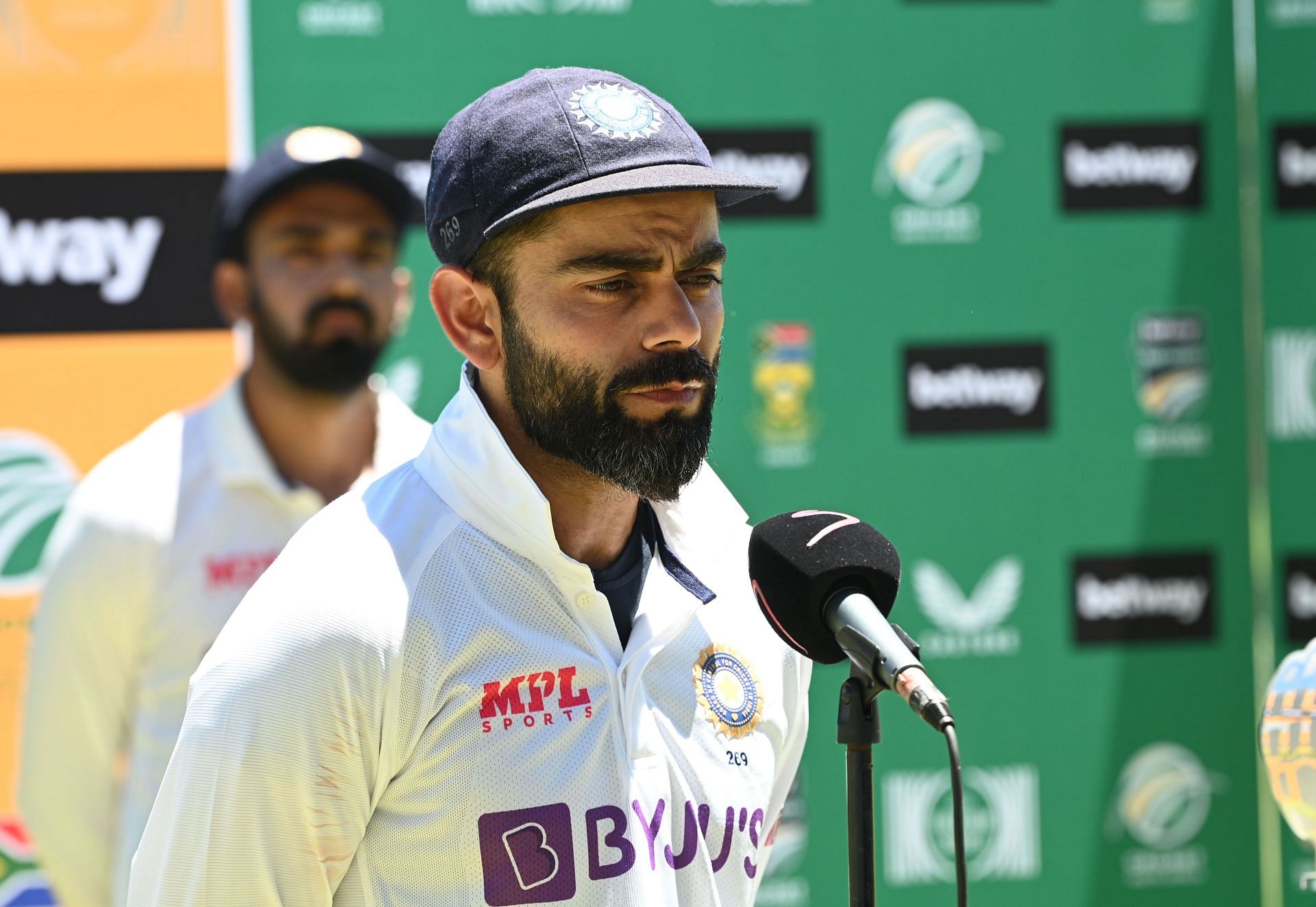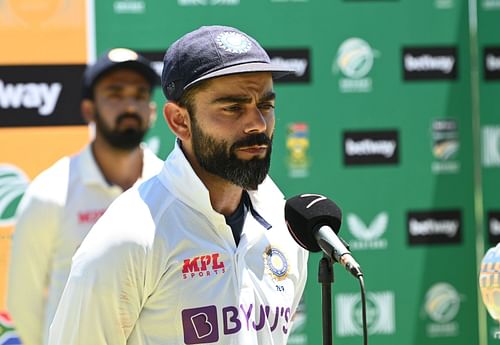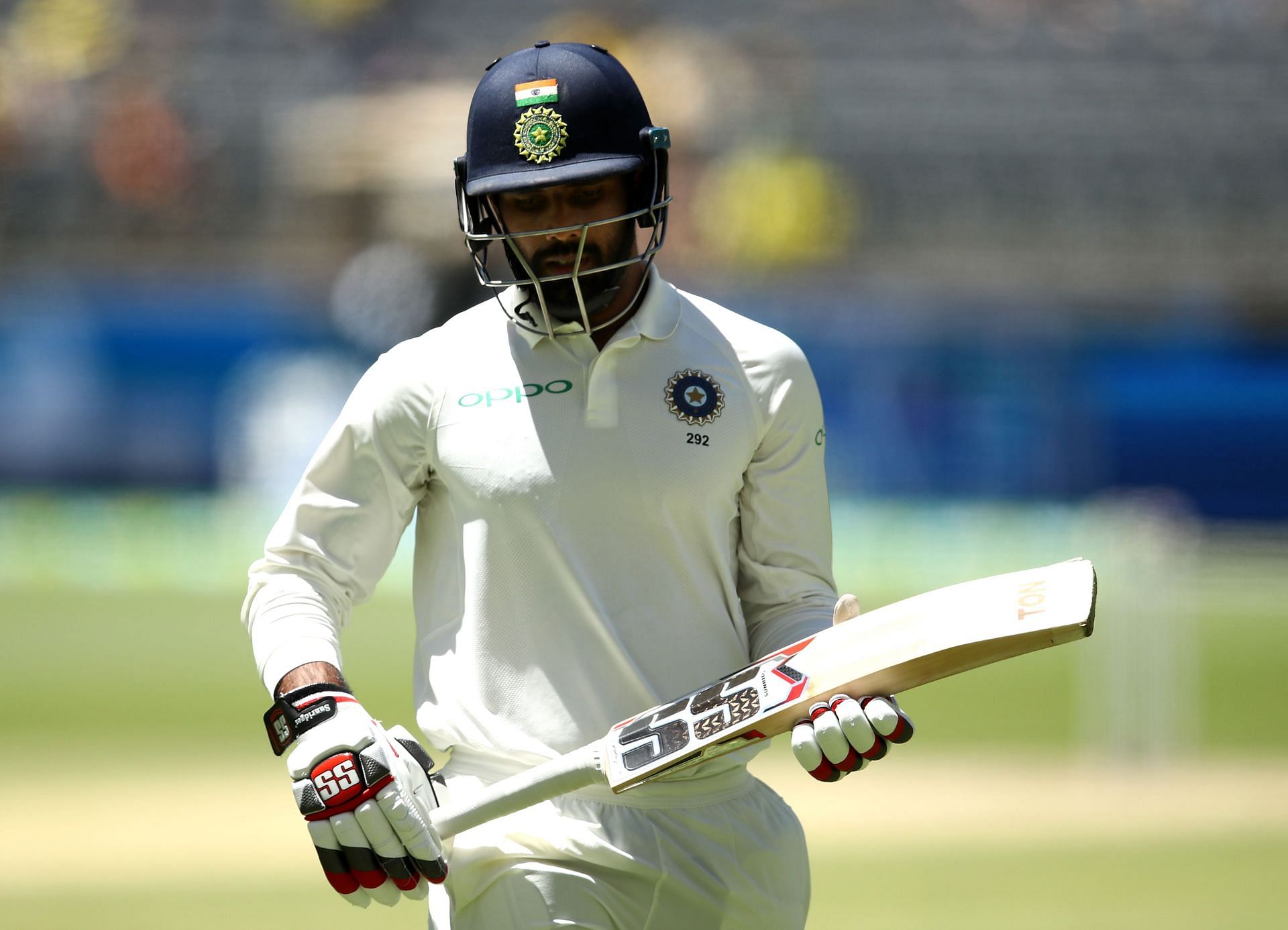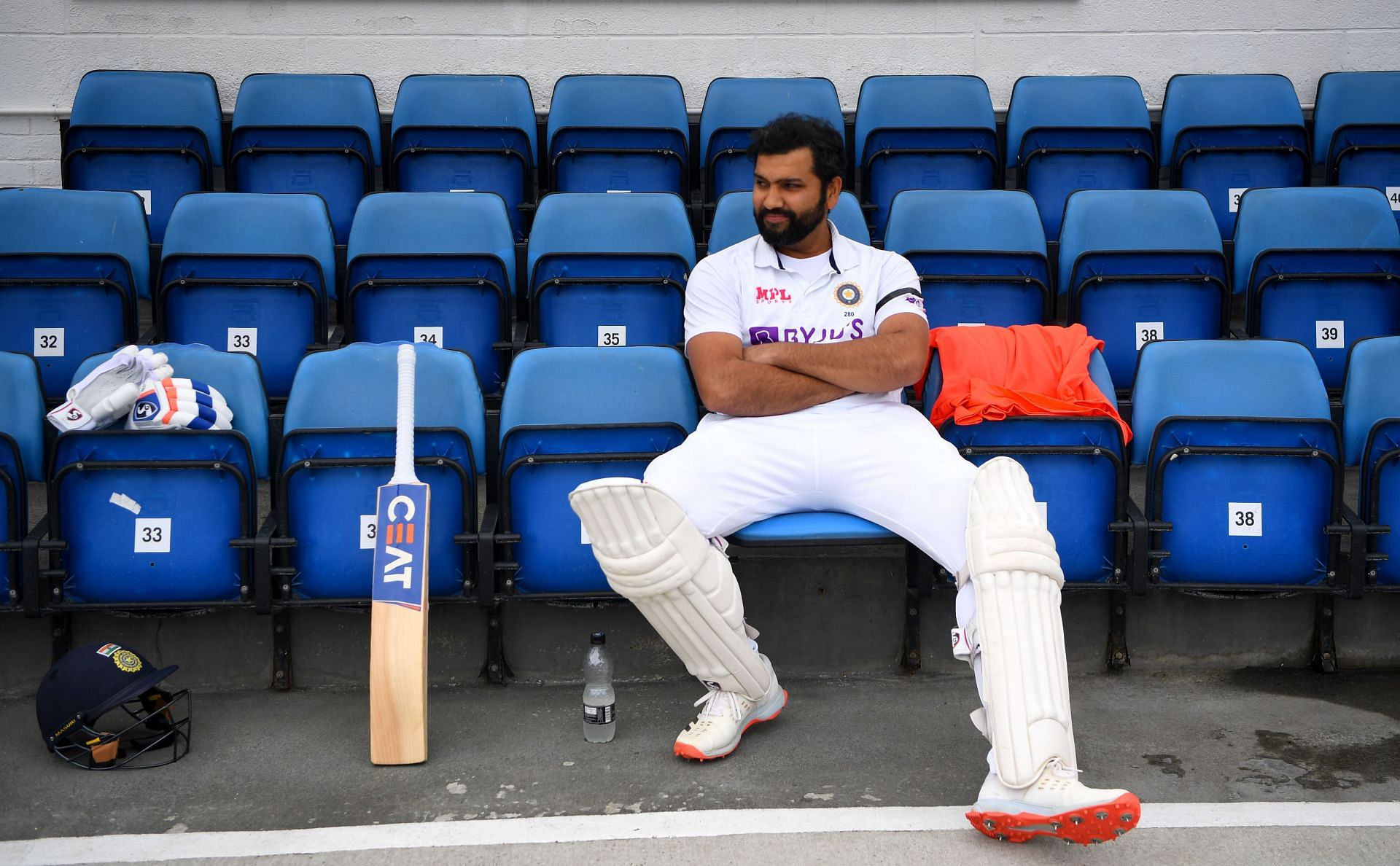
3 areas where India can improve after series loss to South Africa

India lost the Cape Town Test on Friday by seven wickets to concede the series 2-1 to South Africa. Having taken the series lead in Centurion, India failed to drive home the initiative, losing by identical margins in the next two Tests.
Conjecture dubbed the series as the visitors' best opportunity to win for the first time in South Africa. Despite staying in the contest for large parts of the second and third Tests, the Indian team was outplayed at critical junctures.
The road ahead for Virat Kohli's Indian team
Virat Kohli and Co. now have a crucial task on hand in ensuring they don't slip further in the World Test Championship standings. India have now slid below South Africa into fifth position on the table, with three series and a solitary Test in England to go.
The team next plays Sri Lanka in a home series comprising two Tests starting February 25. They need to win as many Tests as they can to keep their WTC hopes alive. Hence, the team will need to take strides across various dimensions and improve upon them.
We take a look at three such areas where the Indian Test team can improve upon:
#1 Middle-order returns

It is obvious that India's batting let them down in the series in South Africa. It wouldn't be far-fetched to state that India's bowling attack has camouflaged their batting frailties to a massive extent to keep them in the contest.
Right in the firing line are Cheteshwar Pujara and Ajinkya Rahane, with the latter even stripped off his vice-captaincy ahead of the South Africa series. The duo haven't done their chances any good after another lackluster showing in the Rainbow Nation.
It is the duo's consistency that has hurt the Indians on many an occasion. Skipper Virat Kohli hasn't enjoyed the best of form himself over the last 18 months or so either. But signs of a technical adjustment were evident in his long-standing vigil at Cape Town.
Also read: "Both Pujara and Rahane will probably be dropped from the team for the Sri Lanka series" - Sunil Gavaskar
If the team is to improve and move ahead, they will have to use the home series to give the ones on the bench a longer rope. Hanuma Vihari has done well whenever given a chance but has played all of one innings at home. Shreyas Iyer is knocking down the door as well, especially after a Player of the Match winning performance on Test debut against New Zealand in November.
Integrating the duo and looking ahead is the first and most obvious step that the team management has to take. As much as Pujara and Rahane have contributed to Indian cricket, the fact remains that their rope has not just passed - it has snapped.
#2 Building a stable bench strength

One of the biggest reasons for India's upswing in Test cricket over the years has been its relentless bowling attack. Such is the bench strength, that a certain 105-Test veteran named Ishant Sharma is finding it difficult to break into the XI.
However, the same can't be said of their batting and all-rounder resources. The absence of Rohit Sharma and Ravindra Jadeja came to haunt the Indians in the South Africa series, as the balance of the XI came under scrutiny. More so, with the lackadaisical recent returns of Pujara and Rahane on the batting front.
Moving forward, the team must look at solidifying their bench to the extent that there are more like-for-like replacements available. Mind you, this isn't just in terms of the roles the players are expected to execute, but it comes down to their adaptability in different conditions.
Giving players like Hanuma Vihari, Shreyas Iyer and Shubman Gill a regular run in the side would add to their experience. Test cricket is tough wherever it's played and it is bound to hold the players in better stead when they tour overseas.
Preparing the likes of Washington Sundar and Axar Patel will also be pivotal to boasting of a more reliable bench. They must be looked at as long-term successors to Jadeja and Ravichandran Ashwin
#3 Keeping a check on injuries

One can argue that this is an uncontrollable factor, especially if the body is put under immense workload. However, injuries have hampered the Indian Test team far too frequently in recent times.
The famous Gabba heist close to a year ago required the team to play what wasn't even their second best attack. The players need to be at their fittest to perform at their best in the longest format of the game.
From Rohit to Jadeja, to Sundar in England and most recently Mohammed Siraj in the Wanderers Test, the team has been hit by injuries at critical junctures. Keeping a check on this will be a factor for the team to work on.
It puts into picture the fitness standards that have been set out as the benchmark. A full-strength Indian team would have had the right mix in their ranks without a compromise in balance. Ensuring that this balance is maintained will be key going forward. To that end, injuries are an area of concern that needs to be worked upon.
One of the key factors for this is managing the workload of players. Giving rest to senior players prevents injuries while increasing bench strength as youngsters get more exposure to international cricket.